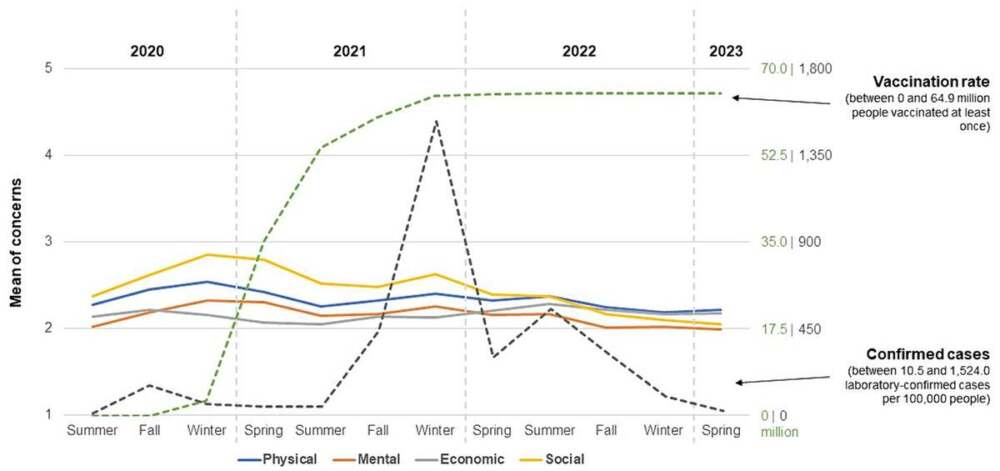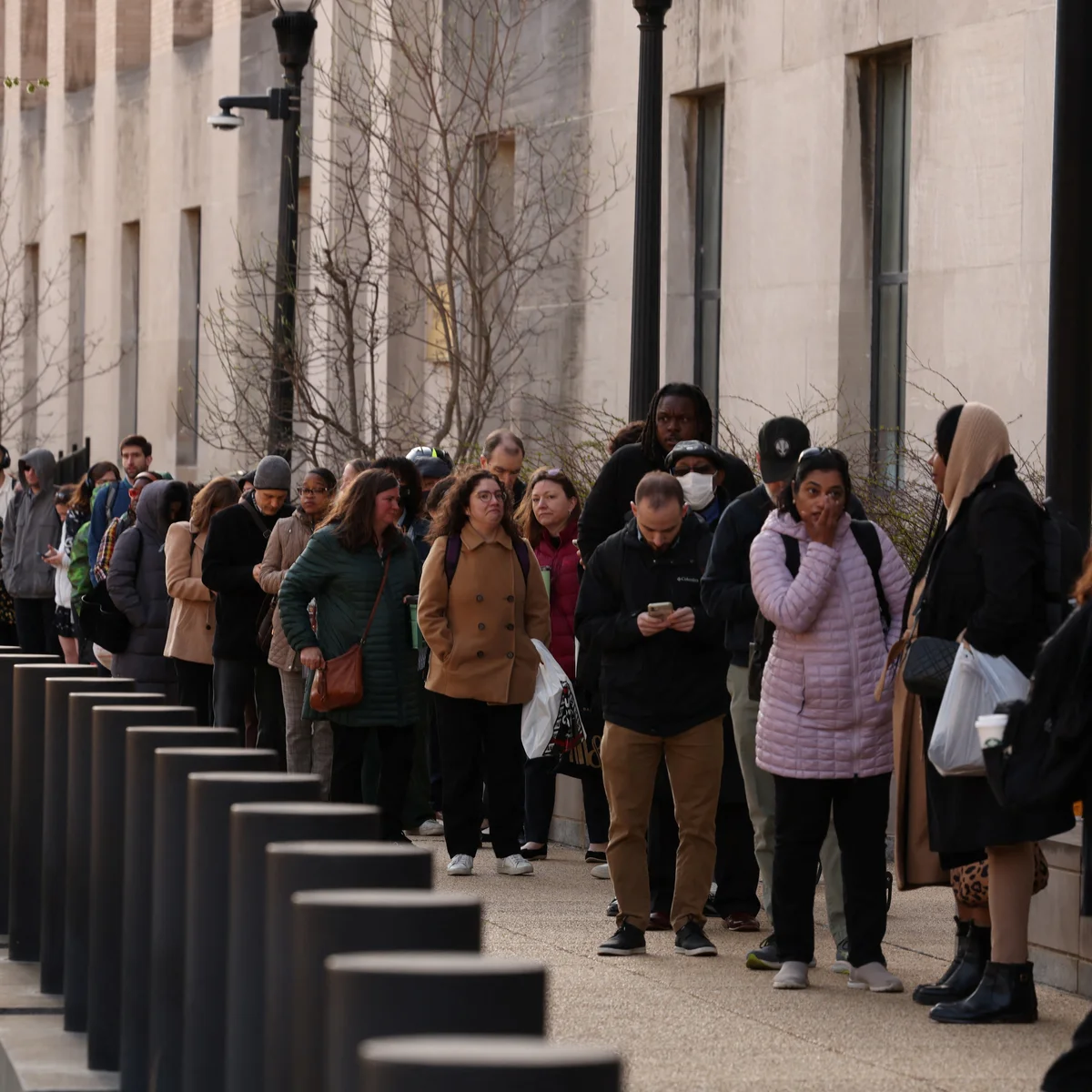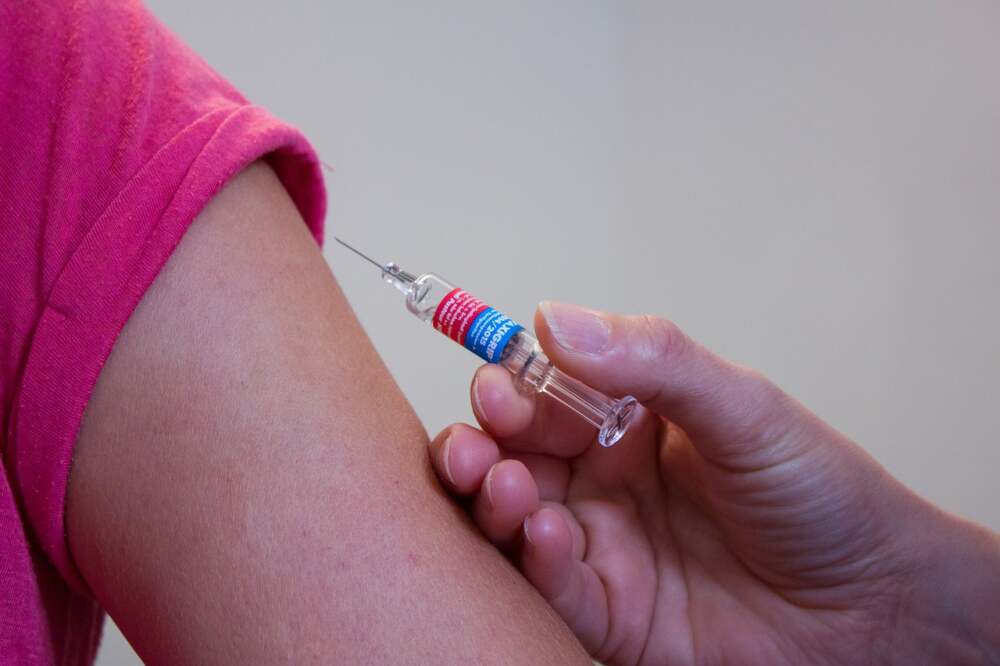The United States is once again facing a summer surge of COVID-19, driven by seasonal trends and the rise of a new variant known as XFG, or “Stratus.” While overall immunity in the population has helped keep hospitalizations relatively stable, scientists and health officials are raising concerns about vaccine availability and preparedness for the months ahead.
A Familiar Pattern with New Challenges
Data from wastewater monitoring and emergency room visits indicate that infections are climbing across much of the country. Children under 11 appear to be among the hardest hit, with rising pediatric emergency cases reported. Although the increase resembles past summer waves, experts caution that each surge carries new risks, particularly for vulnerable groups.
Doctors note that the current wave is not overwhelming hospitals, thanks to widespread immunity from vaccines and prior infections. However, they warn that the virus continues to evolve, demanding vigilance.
The Rise of the “Stratus” Variant
The latest variant, XFG—nicknamed “Stratus”—is spreading rapidly and showing signs of increased immune evasion compared to previous strains. It has quickly gained traction in several regions, rivaling other circulating variants such as NB.1.8.1, also called “Nimbus.”
Fortunately, neither of these variants has been linked to more severe illness than earlier versions of the virus. Existing vaccines are still expected to provide strong protection against severe disease and hospitalization, though their effectiveness against infection may be reduced.
Vaccine Access: Delays and Limitations
This year’s vaccine rollout is marked by uncertainty. Federal health regulators are not expected to finalize updated guidance on the 2025–26 COVID-19 shots until mid-September, by which time the current wave may already have peaked.
Unlike earlier years, health authorities are considering limiting the updated vaccine primarily to higher-risk populations, such as older adults, people with chronic illnesses, and pregnant women. While this move is intended to focus resources, it may leave many who still want annual boosters without easy access.
Some pharmacies and clinics are reportedly waiting to see which doses will be authorized before placing new orders, potentially delaying availability even further. Public health advocates warn that narrowing eligibility could widen protection gaps and fuel confusion.
Staying Protected
Health experts continue to stress basic protective measures that remain effective regardless of the variant. These include:
- Getting vaccinated if eligible, particularly for high-risk individuals.
- Wearing masks in crowded indoor spaces and improving ventilation at home, schools, and workplaces.
- Practicing responsible isolation by staying home when sick, masking at the first sign of symptoms, and resuming normal activities only after symptoms improve and fever subsides for at least 24 hours.
Looking Ahead
The current wave highlights both the progress made against COVID-19 and the ongoing challenges of living with a constantly changing virus. While immunity is helping blunt the worst outcomes, evolving variants and shifting vaccine policies underline the need for continued preparedness.
Public health leaders caution that the virus will remain a recurring challenge, and that communities must stay ready to adapt—just as the virus itself continues to do.
















Leave a Reply